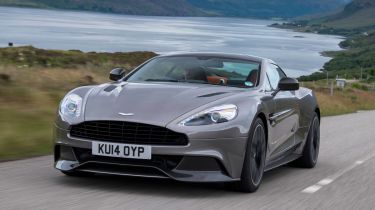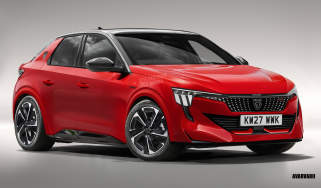Aston Martin Vanquish (2014-2018) review - MPG, CO2 and Running Costs
If you have to ask, you can’t afford to run a 6.0 V12-powered hand-built supercar

You don’t buy an Aston if you’re worried about fuel consumption, but some progress has been made in this area. Variable-valve timing, a new fuel pump and a larger intake manifold have increased power but improved fuel consumption, too, by around 10 per cent. Even so the Vanquish will cost huge amounts to run, with servicing, spare parts, insurance and of course fuel bills way above the norm even for a supercar.
The updated Vanquish (introduced late in 2014) improved economy by a further 11 per cent and took the official cruising economy figure to 31mpg, which helps on those long motorway journeys.
Rivals like the Mercedes SL65 offer marginally lower running costs despite a lower price, while Ferrari offer a seven year complimentary servicing offer than makes Aston ownership seem needlessly expensive.
Insurance groups
Due to its incredible performance and astonishing price, the Vanquish is in the most expensive insurance category. Best be on good terms with your broker.
Depreciation
The list price of a new Vanquish is knocking on £200k, but as most owners don’t settle for standard spec you can bet even the most miserly orders comfortably breach that figure. With the Aston Martin Q bespoke service, the sky’s the limit for expensive interior trim and paint treatments.
It would be nice to think therefore, that your Vanquish will retain a good chunk of its value in your ownership. However used car value experts CAP reckon you’ll lose 55 per cent of the purchase price on a three-year/30,000 mile ownership pattern – which has to hurt, even if you can afford it. A Ferrari 488 GTB would hold 68 per cent of its value under similar circumstances, says CAP, although the Ferrari FF and F12 Berlinetta depreciate at a similar rate to the Aston.








